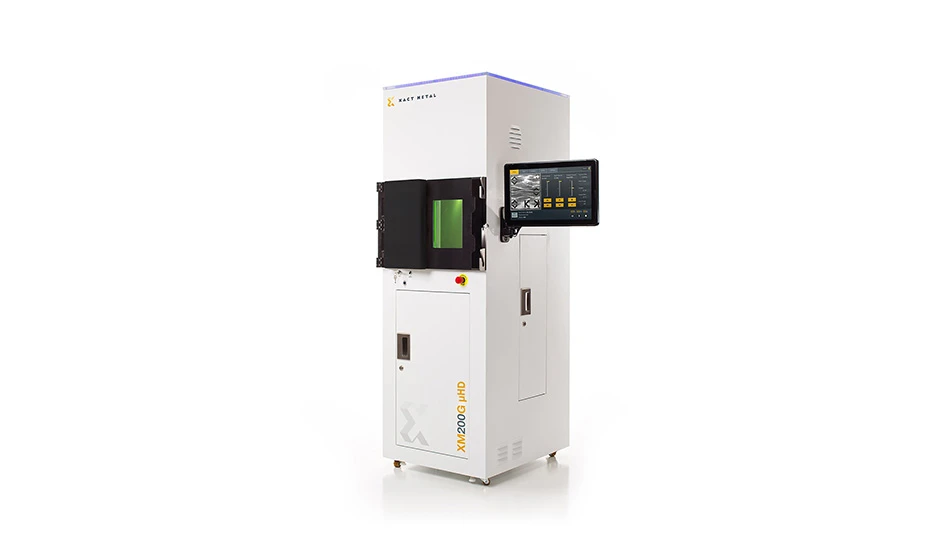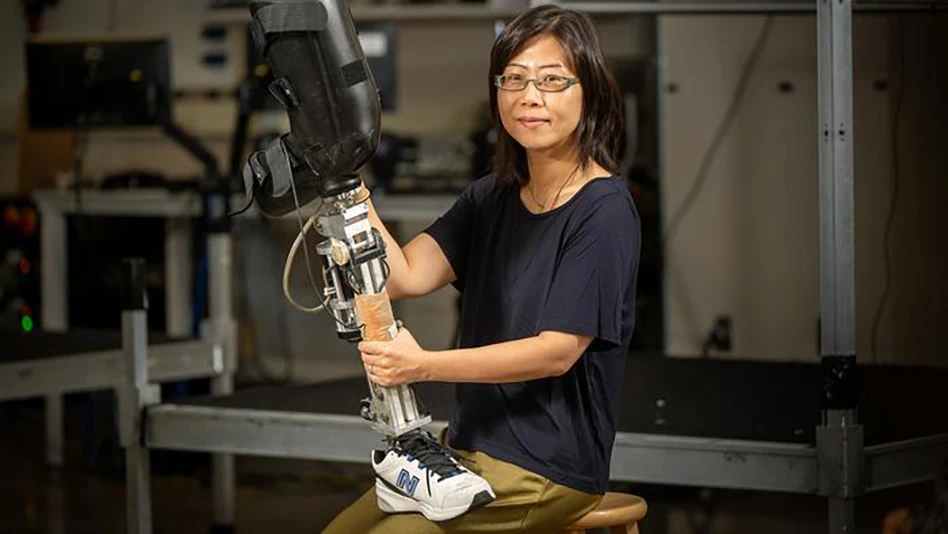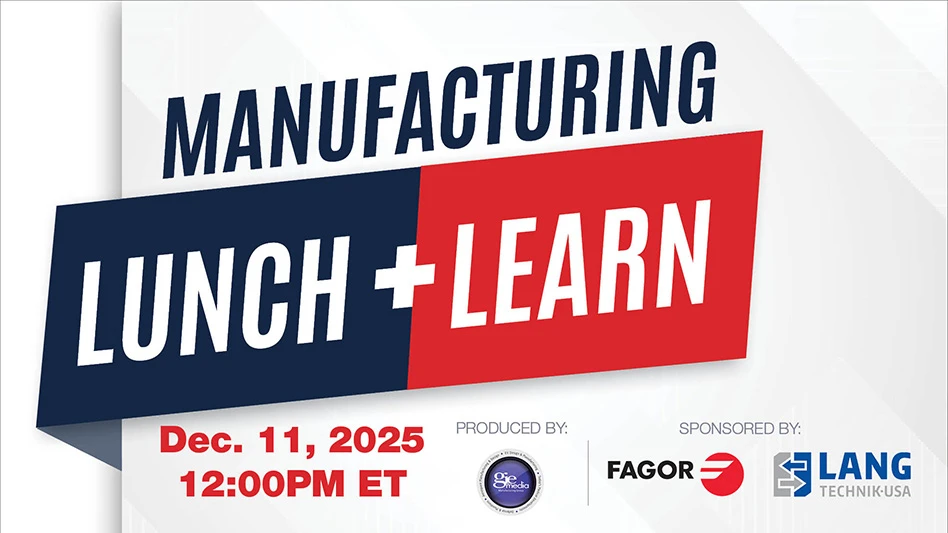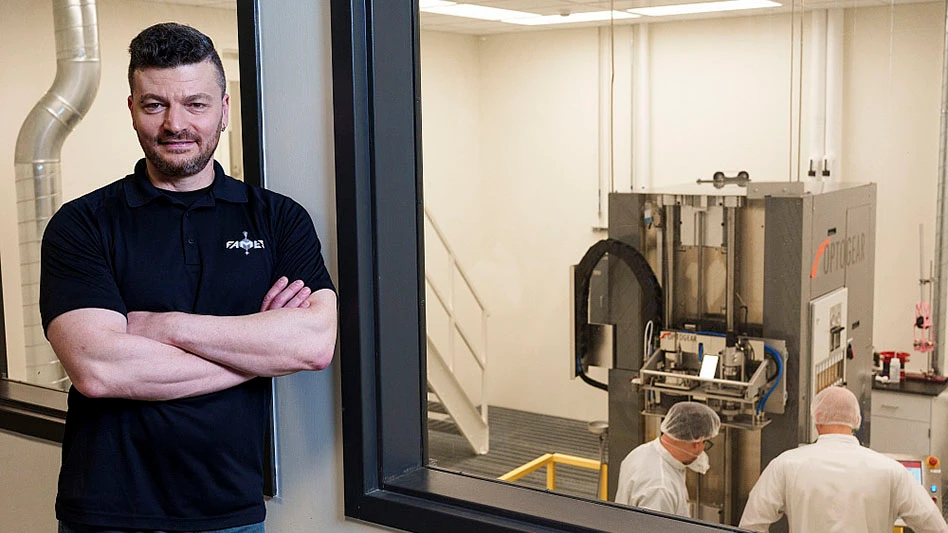Editor's Note: This article originally appeared in the May 2025 print edition of Today's Medical Developments under the headline “MEP cuts are anti-manufacturing.”

EModic@gie.net
During Howard Lutnick’s confirmation hearing to become commerce secretary, Sen. Tammy Duckworth asked Lutnick if he’s confirmed will he commit to dispersing all obligated grant funding from the Department of Commerce on time and without delay? Lutnick’s response was “If you add rigorously and making it as efficient as possible, I can say yes.”
Then, when Lutnick was questioned by Sen. Marsha Blackburn about the supply chain and how the U.S. needs to make certain the supply chain system is straightened out so the United States can repatriate manufacturing, Lutnick agreed saying, “…we need to bring manufacturing and supply chain domestic so that production is domestic and flows through and employs great Americans to do so.”
However, with the current administration’s talk of reviving and advancing American manufacturing, reshoring manufacturing, and developing domestic supply chains, their actions are doing the opposite.
In early April 2025 the Department of Commerce’s National Institute of Standards and Technology (NIST), which administers the Hollings Manufacturing Extension Partnership (MEP), emailed lawmakers to say it would not be paying the nearly $12.9 million due to MEP centers. Despite Congress authorizing and appropriating funding of the Hollings MEP programs, MEP centers in Delaware, Hawaii, Iowa, Kansas, Maine, Mississippi, Nevada, New Mexico, North Dakota, and Wyoming were the first to be notified funding would not be renewed.
The Hollings MEP was established by Congress in 1988 in response to growing concern about the loss of manufacturing jobs and a decline in industrial productivity. The MEP advances U.S. manufacturing by helping small- and medium-sized manufacturers grow, make operational improvements, and reduce risk. The Network has MEP Centers in all 50 states and Puerto Rico. Each Center is a partnership between the federal government and a variety of public or private entities, including state, university, and nonprofit organizations.
According to estimates reported by MEP Center clients, in fiscal year 2024 the MEP National Network helped manufacturers achieve $15 billion in new and retained sales; $5 billion in new client investments; $2.6 billion in cost savings; and more than 108,000 jobs created or retained. Organizations that work with the MEP National Network secure reliable domestic suppliers, strengthen supply chain resilience, leverage innovative technologies, and develop a skilled workforce that drives the growth and competitiveness of manufacturing.
MEPs provide small and medium-sized manufacturers with the tools, training, and expertise they need to improve their processes, increase their manufacturing capacity, and bolster their workforce development, cybersecurity, technology adoption, and supply chain management activities.
These MEP Centers are hubs for manufacturers, connecting them with government agencies, trade associations, university and research laboratories, state and federal initiatives, and many other resources to help them grow and innovate.
These cuts to MEP Centers do not advance American manufacturing, do not help reshore manufacturing, and do not help develop domestic supply chains – they’re actually going to do the opposite.
Editor's Note: After the publication of this editorial MEP funding will now continue through the end of the fiscal year.

Explore the May 2025 Issue
Check out more from this issue and find your next story to read.
Latest from Today's Medical Developments
- GrindingHub Americas launches in 2027 in Cincinnati, Ohio
- Methods Machine Tools now offers the Nakamura-Tome NT-Flex
- Battelle awards $900,000 in STEM education grants to Ohio schools
- #55 Lunch + Learn Podcast with KINEXON
- Starrett and Gerstner offer limited edition, American made 1950s replica wooden machinist tool chests
- EMCO’s UNIVERSALTURN 50: The new benchmark in universal turning
- Archetype's Expertise for Equity accelerates early-stage innovation
- Stratasys expands its AM solutions with Tritone's cutting-edge technology





